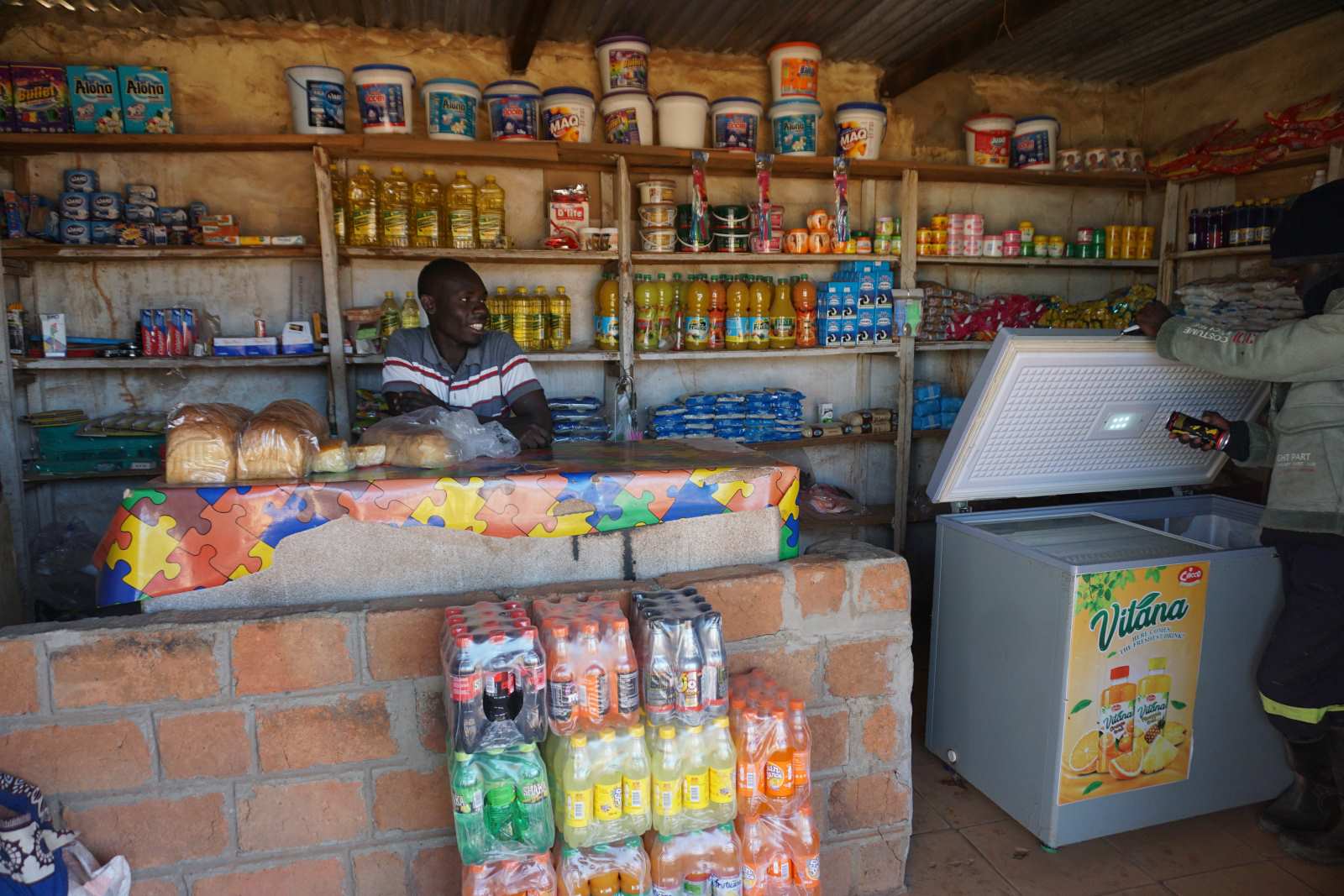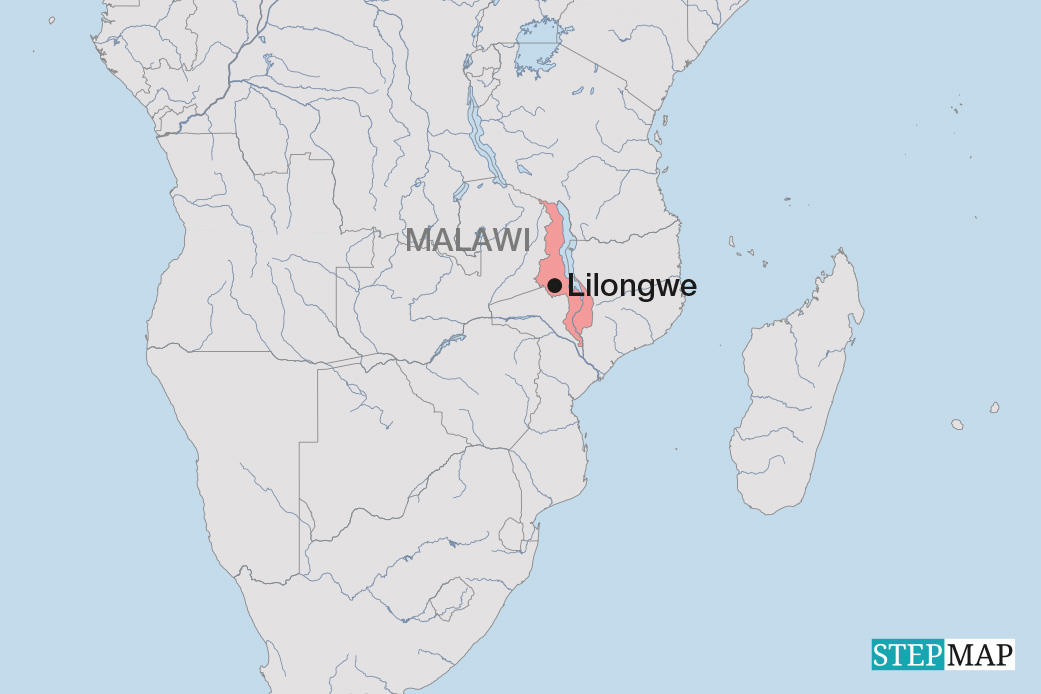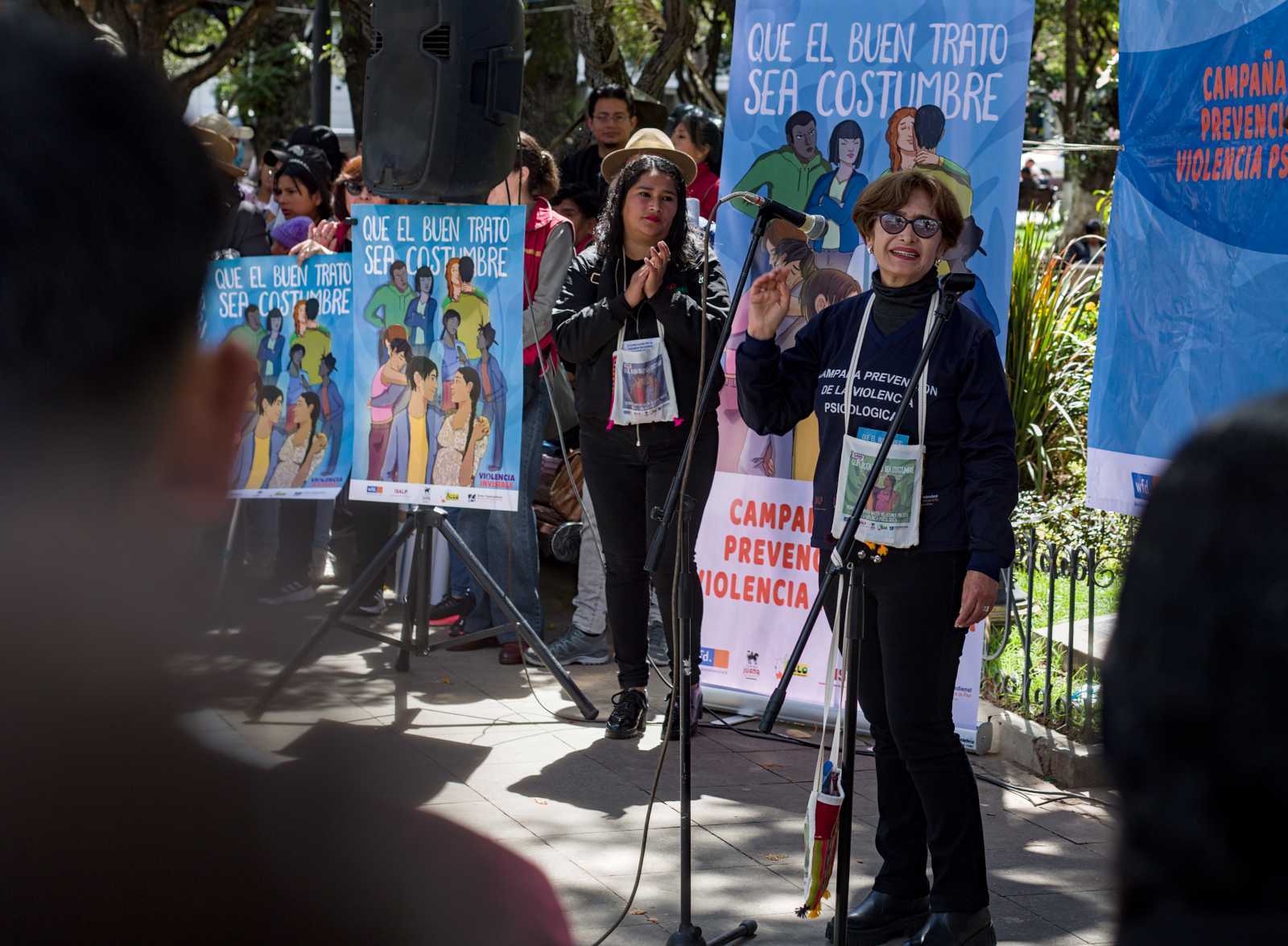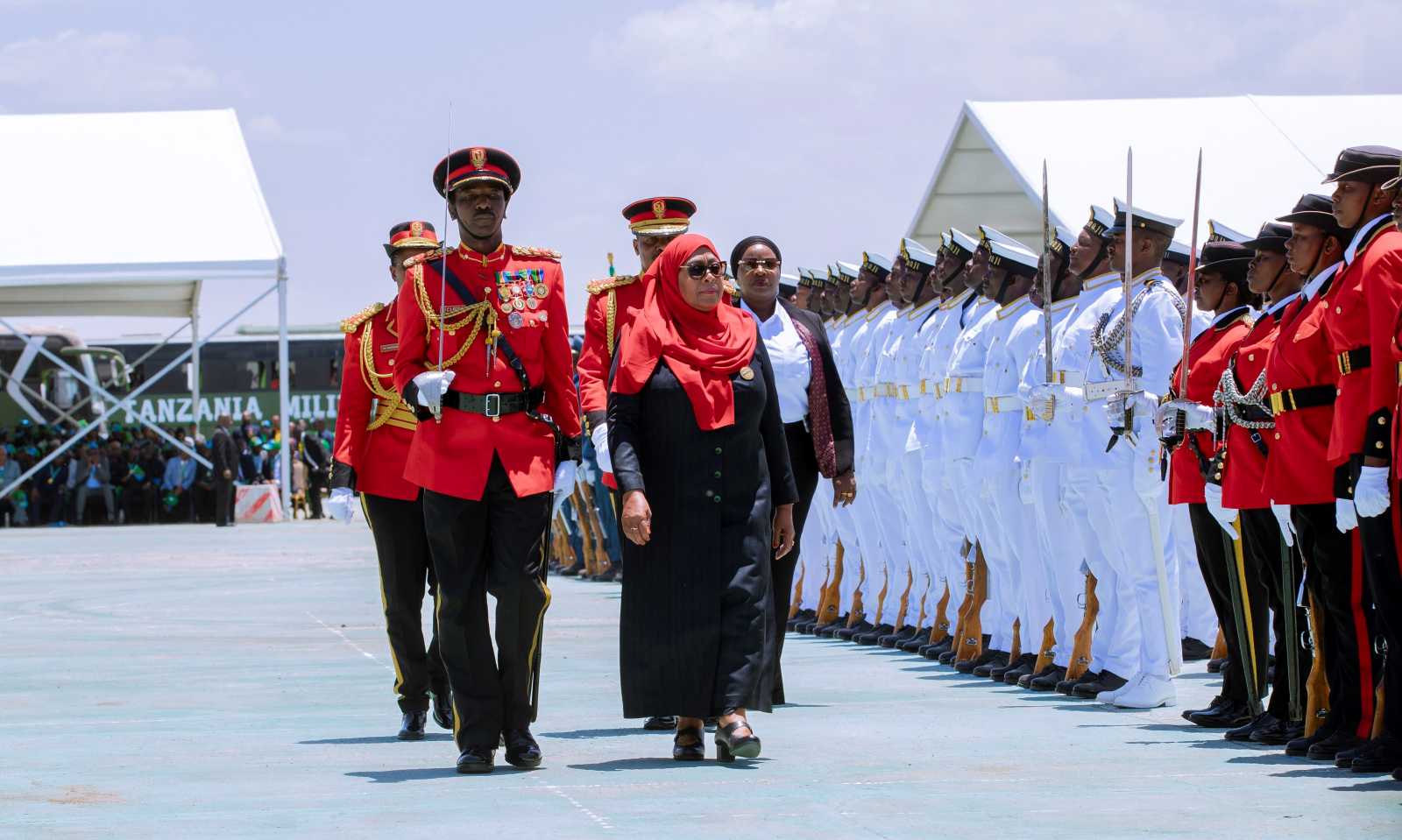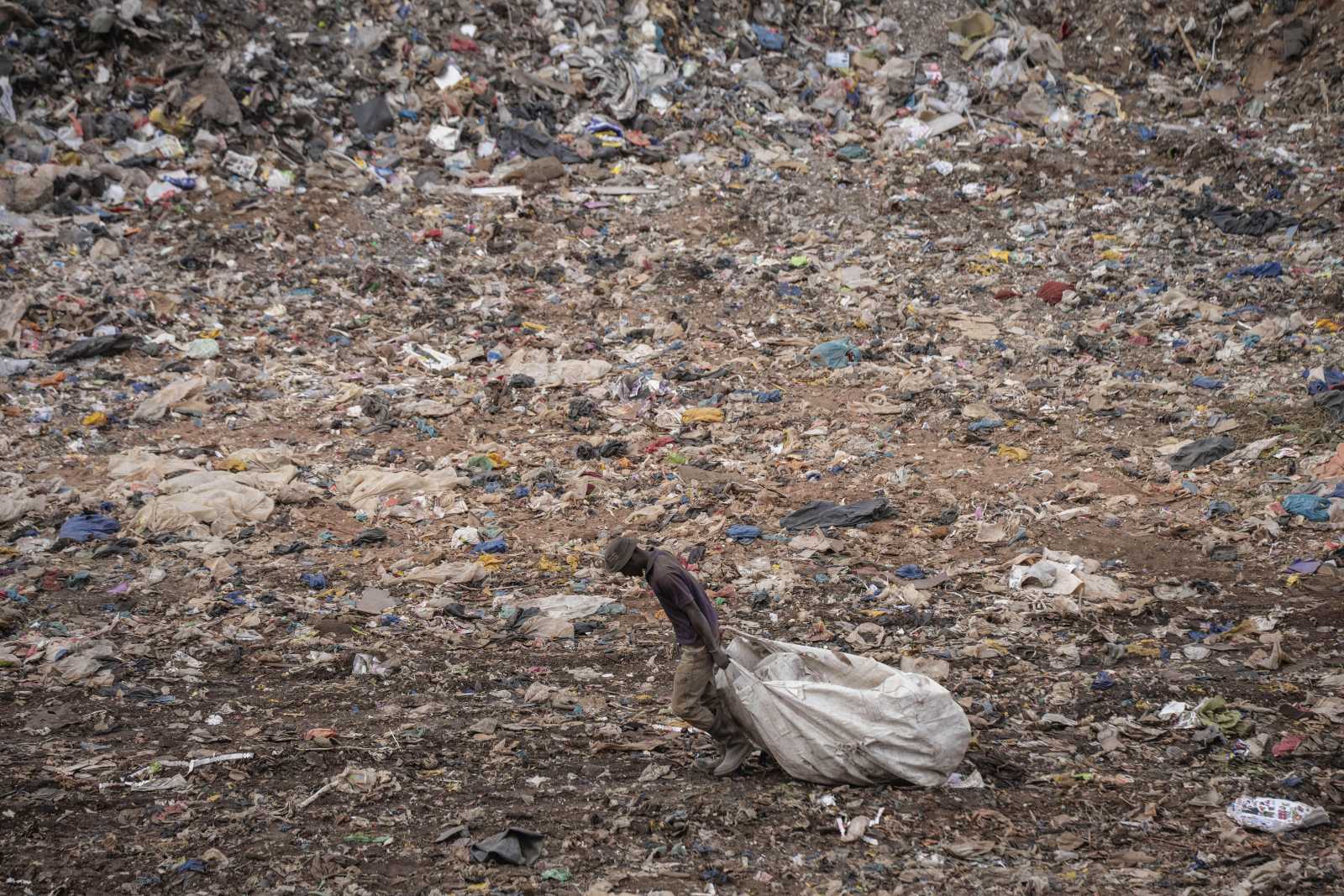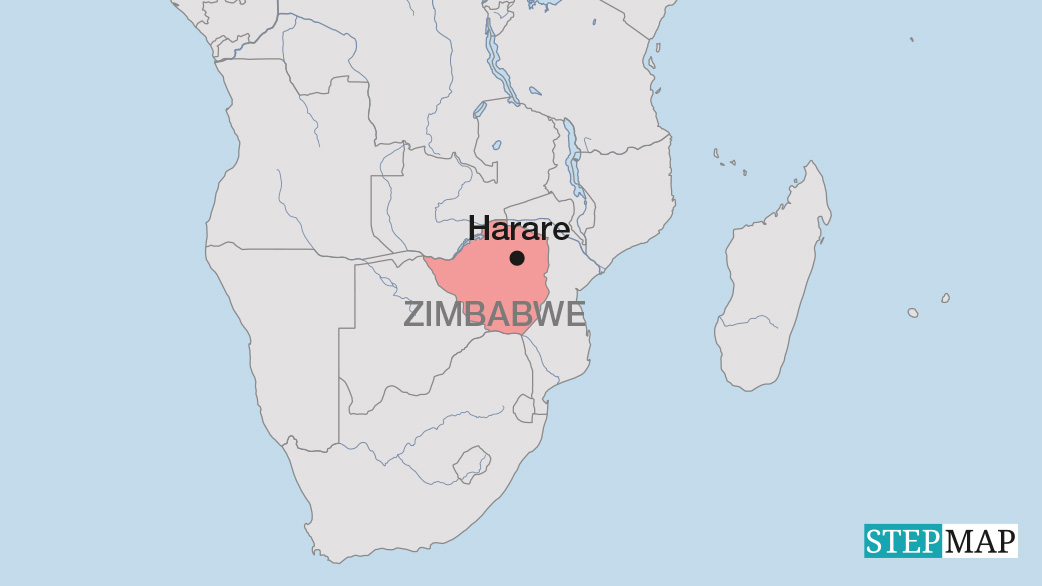Energy access
Solar energy becomes a lifeline for rural Zambia

In rural Zambia, many households still rely on wood and charcoal for cooking. For lighting, simple paraffin lamps are common. In some cases, families depend entirely on daylight for their activities and sleep once darkness falls.
Even households connected to the national grid face challenges. Zambia depends heavily on hydroelectric power, which accounts for around 83 % of its electricity. However, erratic rainfall in recent years has made hydropower increasingly unreliable, resulting in frequent blackouts and hampering productivity.
In response, solar energy is emerging as a viable alternative. Projects such as the Bangweulu Solar Park have improved energy access. The facility produces 54 megawatts of electricity and is supplying over 27,000 households.
Solar systems support farms, clinics and schools
Its success has attracted further investment. A $ 3.5 billion renewable energy deal with the Integrated Clean Energy Power Company (CiEG), a Chinese enterprise, aims to generate 2400 megawatts of power in the coming years.
Off-grid solutions are also expanding. Pay-as-you-go solar systems have brought electricity to many households, while mini-grids now supply power to rural schools, clinics and entire villages. For Mary Zulu, a farmer in Southern Province, the impact has been tangible. “With the solar water pump, I’ve doubled my harvest. Now I can feed my family and sell the surplus. It’s a lifeline for us,” she says.
In the health sector, solar-powered refrigerators allow clinics to store vaccines safely, reducing preventable deaths. Beatrice Mumba, a nurse in Eastern Province, recalls: “Previously, we had to turn away patients because the vaccines went bad without refrigeration. Now, lives are being saved every day.”
Education is also benefiting. In communities with solar-powered lanterns and school mini-grids, children can study after dark, contributing to improved academic outcomes.
Cost barriers and long-term potential
Despite these advances, solar adoption still faces barriers. Basic household solar systems usually cost between ZMW 3500 and 5000 ($ 123 and $ 175) depending on the size – well beyond the reach of most rural families, whose average monthly income is under ZMW 1500 ($ 52).
The government’s Eighth National Development Plan (8NDP) sets a target to raise the share of renewables in the national grid – excluding large hydroelectricity generation – to 10 % by 2026. Reaching this goal will require increased subsidies, simplified regulations and stronger local manufacturing to reduce costs.
International support is also crucial. The World Bank-led Scaling Solar initiative has helped to fund key projects such as Bangweulu. Technical training programmes could further build local capacity to maintain and expand installations, ensuring long-term viability.
Solar energy also brings wider environmental and social benefits. Replacing firewood and charcoal with clean energy helps to reduce deforestation and lowers the incidence of respiratory illnesses caused by indoor air pollution. And in agriculture, solar-powered irrigation can improve resilience to climate change. Women, who often spend hours collecting firewood, gain time for education and economic activities when solar appliances are available.
With the right policies and sustained investment, Zambia has the potential to expand energy access, alleviate poverty and support climate adaptation. In this context, solar power is not just an alternative – it is a necessity.
John Mubambe is a freelance journalist based in Solwezi, Zambia.
john.mubambe@gmail.com

